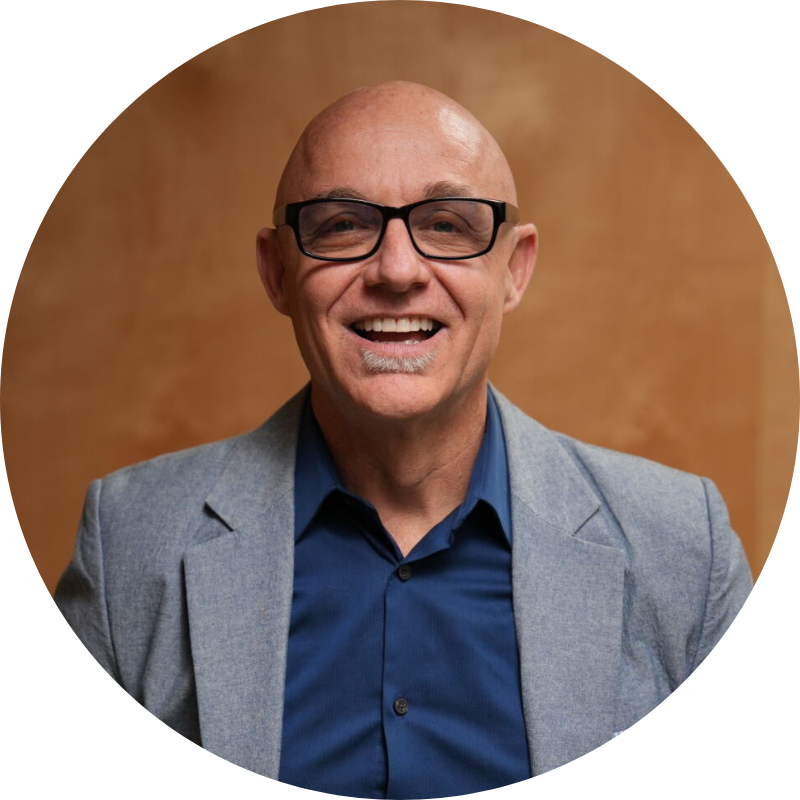Here, Robert Covolo discusses how the Apostle Paul’s strategic focus on cities, public spaces, and vocational influence serves as a model for CFWLA’s mission in Los Angeles. He reflects on Paul’s life and ministry to highlight the power of work as a central place for discipleship and gospel renewal, and why Los Angeles is an essential city for the next chapter of this kingdom work.
As I step into this role as Executive Director of the Center for Faith + Work Los Angeles, I find myself reflecting on the life of the apostle Paul. In this blog, I explore how Paul’s transformation sparked an influential paradigm shift that swept the first century. What lessons from Paul’s world-changing life can we learn from at CFWLA?
“A paradigm shift is a fundamental change in approach or perspective.”
In my sophomore year of college, I read Thomas Kuhn’s The Structure of Scientific Revolutions. It was there that I picked up Kuhn’s phrase “paradigm shift.” What is a paradigm shift? According to Kuhn, a paradigm shift is a fundamental change in approach or perspective. Interestingly, Kuhn reports that paradigm shifts often take place when an influential person within a field of knowledge has a discovery resulting in a monumental change within their field.
In this regard, arguably the most influential paradigm shift—resulting in a revolution that swept not merely an academic field but the entire world—was launched by the conversion of the Apostle Paul. Indeed, given the important role Paul played in establishing the largest faith in history (Christianity), his conversion is undoubtedly one of the most important events to ever occur.
The book of Acts records Paul’s paradigm shift in chapter 9. There we see the central events that took Paul from being a doubter to a devotee, from a persecutor to a proponent. While it is not hard to locate the exact moment of Paul’s conversion (vv. 3-4), less obvious for Luke’s readers are the elements that resulted in the spread of Paul’s monumental discovery. But careful readers can see a pattern.
For instance, Luke tells us in Acts 16 that Paul passed through Samothrace and Neapolis and made a b-line to Philippi, “which is a leading city of the district of Macedonia and a Roman colony” (v. 12). Note Paul’s strategy. He wanted to go to a “leading city.” And indeed, we know Philippi was a leading commercial center for textiles and political center as a Roman colony. Note who responds to the Gospel in Philippi—a successful textile businesswoman named Lydia, and a retired Roman military officer who guarded the prison. Have you ever wondered, why does Luke tell us these details about these early converts’ work being in line with their city’s influence?
In the next chapter (Acts 17), we find Paul making his way to another great city: Athens. Once there, Paul focuses the bulk of his attention on the Agoura (v.17). The Agoura was the central public space in Athens where everyday life happened. Day in and day out, Paul was where people worked—a public space where everyday life and businesses took place. From there, he goes to another public space: the Areopagus (v19). The Areopagus was something like a mix between our academy and supreme court. Once there, he was asked to speak regarding the Christian faith. It reports that Dionysius “the Areopagite” (a brilliant Athenian connected to this political/cultural institution in Athens) believed. Again, why does Luke record Dionysius’s work associations?
Acts ends with Paul in Rome (Acts 28). There he is under house arrest. And yet he tells the church in Philippi he is rejoicing. Why? He states his joy is because “the whole Praetorian guard” (the secret service guarding the Emperor) were coming to faith (v. 13). Note Paul’s excitement about the gospel spreading within a field of work. We could go on. But this short sketch of Paul’s life suffices to see his easily missed strategy.
Did you see it? Why these reports about Paul targeting key cities, entering public spaces, and seeing people of influence: businesswomen, respected military veterans, people in the academy, and government coming to faith? It appears Paul knew that making disciples in key cities who in turn, would live out their faith in their work was tactical for the advancement of the kingdom of God.
“If Paul were alive today, I believe he would make a B-line to Los Angeles. Los Angeles is a critical city. ”
If Paul were alive today, I believe he would make a B-line to Los Angeles. Los Angeles is a critical city. While LA is not as dense as New York, LA County easily surpasses New York City in population. We could go on and on. LA holds:
The largest major manufacturing center in the U.S.
The largest aerospace and defense county in the nation
A fashion Industry larger than New York's in output and employment
The undisputed "Entertainment Capital of the World" of over 160,000 people
The largest government center outside of D.C.
A port system that is the largest complex in the Western Hemisphere.
People from more than 180 countries who speak 140 different languages.
Los Angeles has an outsized influence. And what is Los Angeles’s agoura? It is the public spaces where we live out our faith—our places of business, our schools, our jobs in tech and healthcare, in service industries, and so on.
This is why I love leading CFWLA. Stated simply, CFWLA takes Paul’s strategy seriously in two senses. First, CFWLA is focused on one of the world’s great cities: Los Angeles. And secondly, like Paul, we see the agoura of Los Angeles (public spaces where everyday work happens) as a primary place where God wants to do his work of renewing all things under King Jesus. We recognize that God’s kingdom moves forward when disciples are made in and through these public spaces who, in turn, live out their faith in their agoura: the very place that God has called them to.
As we reflect on Paul’s life, may we too take the places he has called us as the central place where our discipleship is lived out—to the praise of His glorious grace!
Robert Covolo is the Executive Director at the Center for Faith + Work Los Angeles.


